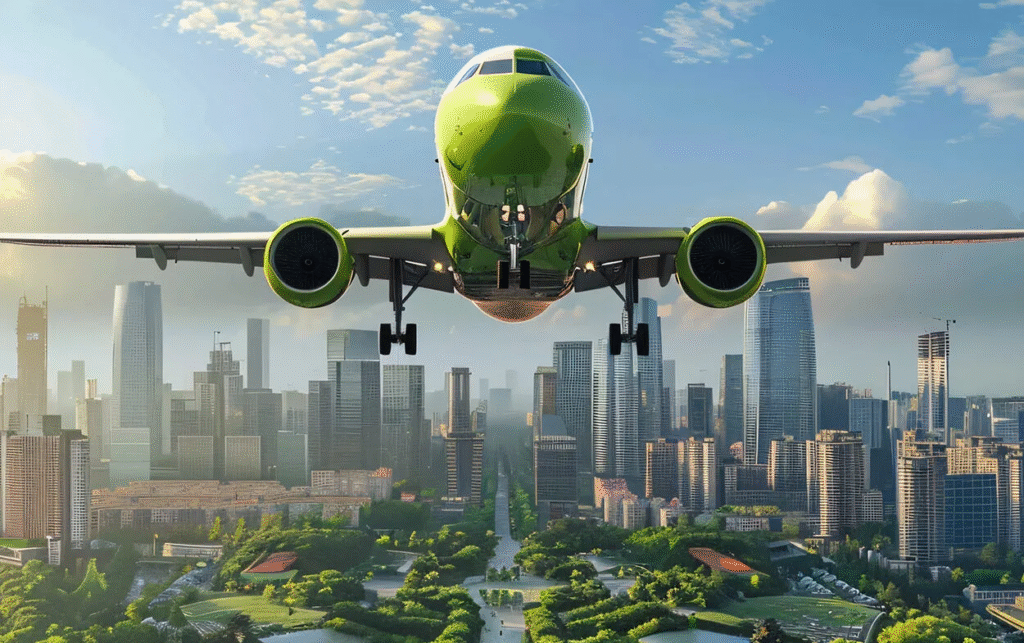Commercial Airliner Fleet Modernization

As of July 2024, the commercial aviation industry was undergoing a significant phase of fleet modernization, driven by the need for fuel efficiency, sustainability goals, and passenger comfort enhancements. Major airlines across the globe including east african airlines, were aggressively retiring older aircraft models and replacing them with newer, more efficient variants.
One of the most significant shifts involved the accelerated retirement of four-engine aircraft, notably the Boeing 747 and Airbus A380, maintaining a few units for high-density routes.
The Boeing 787 Dreamliner continued to be a workhorse for long-haul operations, appreciated for its composite fuselage, quieter engines, and up to 25% better fuel efficiency compared to earlier generation widebodies. East Africa operates a growing fleet of A350-900s and Boeing 777X aircraft, with the 777-9 expected to enter full service by late 2024 after certification delays.
Technological advancements were prominent in newer aircraft delivered by July 2024. These included improved Pratt & Whitney GTF and CFM LEAP engines, lighter materials, enhanced fly-by-wire systems, and more advanced avionics suites such as the Honeywell Primus Epic and Airbus’s updated flight deck interface. Aircraft interiors were also seeing innovation larger overhead bins, touchless lavatories, mood lighting, and high-speed satellite Wi-Fi became standard in most new deliveries.
Fleet modernization was not just limited to hardware. Airlines were also investing in maintenance efficiency. Predictive maintenance systems like Airbus Skywise and Boeing AnalytX were increasingly used to reduce aircraft downtime and extend component lifespans.
In Africa, Ethiopian Airlines continued its growth with additional 737 MAX and 787 deliveries, positioning itself as a modern hub airline.
Overall, by July 2024, commercial fleet modernization was a cornerstone strategy for airline competitiveness and environmental compliance. The combination of advanced engineering, new propulsion systems, and digital optimization tools marked a defining period in aviation’s transition to a more sustainable and passenger-centric future.


